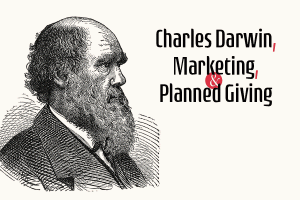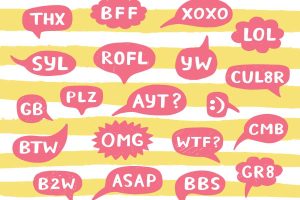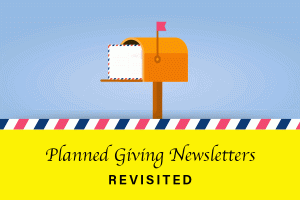
It’s the Marketing, Stupid.
Most nonprofits have a reversed Darwinian approach to new idea generation. Instead of survival of the “fittest” they strive for survival of the “safest.”
Home » Planned Giving Marketing » Page 20

Most nonprofits have a reversed Darwinian approach to new idea generation. Instead of survival of the “fittest” they strive for survival of the “safest.”

Everyone focuses on the importance of planned giving from a financial perspective. When in fact, it’s about legitimacy and credibility. If you have both, the money will follow.

Year-end giving appeals are often poorly planned and executed. The best time to begin is between July and September, and making sure that you have a series of “touches” and not just one mailing planned.

Like cell phones, social media and text messages, acronyms have taken over our lives. But we had planned giving acronyms long before the birth of texts. What else does a CRAT stand for? Read and find out.

I am often asked, “Viken, do planned giving newsletters work?” Yes they do, but it is the wrong question to ask.

Again and again, Dr. Russell James found that formal and technical terms reduce the chances that a prospective donor will be interested in making a planned gift. And we’ve been saying that since 1998. Yet, many nonprofits still do not take the advice.

Planned giving productivity. It’s not about learning calculators, CRUTs and CRATs. Here are 5, simple helpful tips for you career — and mental health.

Recently, an IT functionary at a large Midwestern institution convinced the Development team to produce their planned giving website in-house. It took them 8 months.

Planned gifts are not always deferred. Some provide immediate cash, some come in sooner than you think, and here are a few tips to accelerate them.

People often ask me about my life. What’s my background? Where’s my accent from? Where did I grow up? Where did you meet your wife? One of these days I’ll get around to answering all that… But the most common question I get is, “Viken, how did you get into planned giving?” Answer: By Accident.